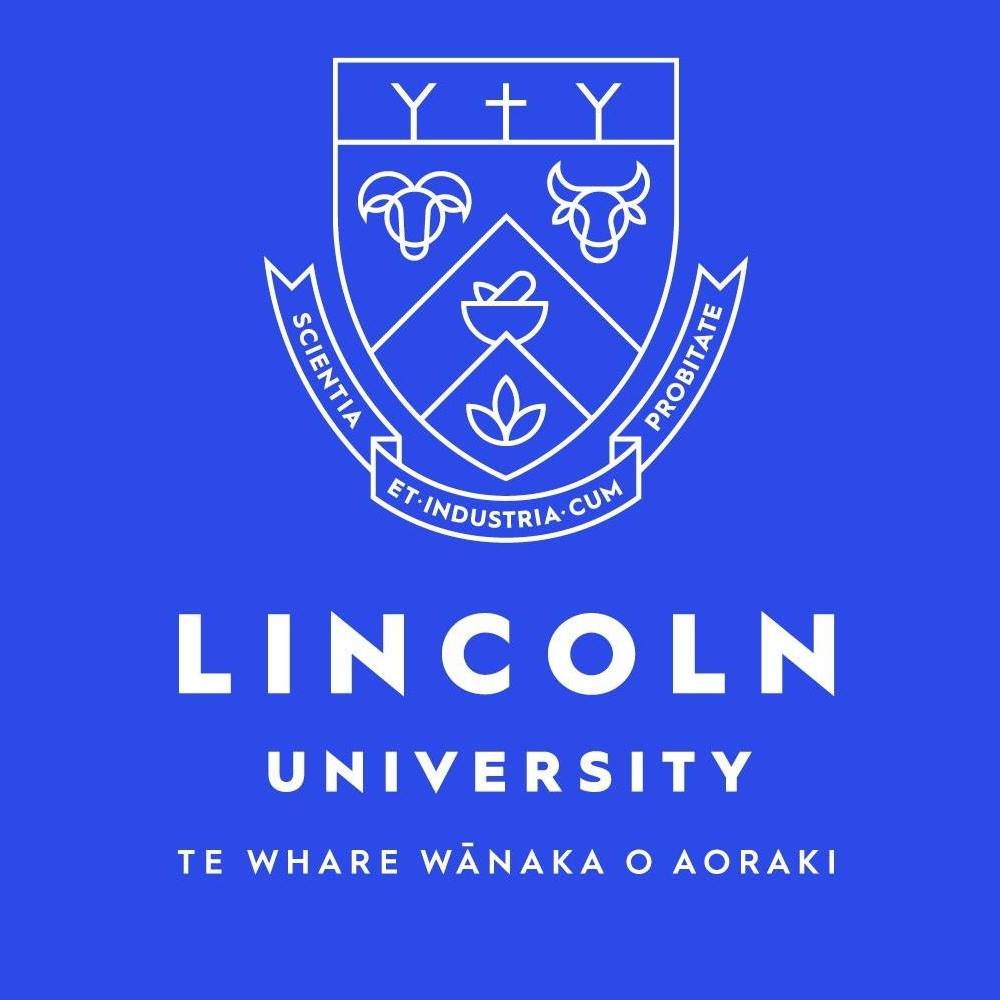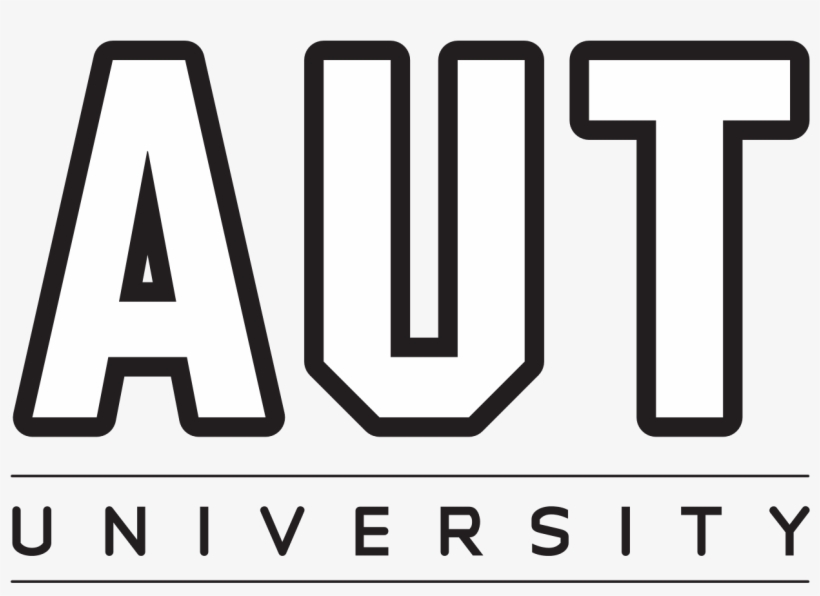Canada is a diverse and fascinating country. There’s so much to learn and love about Canada. With a landmass of 9.1 million square kilometers, Canada is the second-largest country in the world. Canada is located in the top half of North America, and the country is bordered by three oceans: Pacific, Atlantic and Arctic. In fact, Canada have the longest coastline of any country. To south, it shares nearly 9,000 kilometers of land border with the United States. That’s the longest border in the world! Most Canadians live within a few hundred kilometers of the U.S. border. Canada’s population is around 38 million. Approximately 80% of people live in cities and towns. Canada is a multicultural and diverse country. Canadians represent 250 ethnic origins or ancestries. Canadians practice many different religions, while some claim no religious affiliation. Canada has 2 official languages: English and French. All federal government institutions and many businesses offer bilingual services.
Along with the best education system, Canada is ranked as one of the top ten places to live in the world. For the students who want the quality of education equivalent to North American Education System, Canada is the best possible option at a lower cost compared to US Universities.
Canadians place a great amount of importance on learning, and standards in education in Canada are uniformly high. There are almost 100 universities in Canada, five of which—the University of Toronto, McGill University, University of British Columbia, University de Montréal, and University of Alberta—are ranked among the top 100 in the world.
Canada is known for its exceptional quality of education, welcoming environment, and commitment to diversity. Renowned for its research-intensive universities and colleges, Canada offers students a supportive educational experience and numerous opportunities for academic and personal growth.
Language
EnglishCurrency
Canadian Dollar (CAD)Population
38.219 MillionTime Zone
GMT-4 OttawaInstitutions
200+Capital
OttawaArea
9,984,670 Sq. KmDensity
4 per Km2GDP per Capita
USD 46,194HDI
0.929- 1Choose a university or college and program.
- 2Check the eligibility requirements.
- 3Apply to the institution.
- 4Receive acceptance letter.
- 5Prepare financial documents.
- 6Apply for a Study Permit.
- 7Pay the application fee.
- 8Submit biometrics (if applicable).
- 9Prepare supporting documents.
- 10Attend a visa interview (if required).
- 11Track your application.
- 12Receive your study permit.
- 13Prepare for your travel to Canada.
Architecture And Building
Commerce and Business Administration
Arts and Humanities
Engineering and Engineering Trades
Computer Science and Information Technology
Health
- Canada is bigger than the European Union
- Canada’s lowest recorded temperature is as cold as Mars
- Canada has 10 per cent of the world’s forests
- Canada’s national parks are bigger than most countries
- As per a survey by CBIE 96% of international students recommend Canada as a preferred study destination
- About 60% of the international students studying there apply for permanent residence
- Canada has a diverse student population, in a survey in 2017 it was noted that students from 186 countries across the world now have a considerable number.
- Canada has 20% of the world's fresh water.
Apply through online
Frequently Asked Questions
Each Canadian college has its own set of admissions standards for international students. The requirements for admission may differ depending on the program. Community colleges must have a minimum of 55 percent in the prior educational qualification, whereas universities must have a minimum of 60 percent. In addition, a score on the English Proficiency Test is required.
Universities are given autonomy in terms of academic topics such as curricula, techniques, and teaching strategies. Universities have the authority to establish academic, admissions, and graduation norms and standards, as well as to hire employees and develop academic programs. Meanwhile, private universities are out-of-province institutions that are licensed to award degrees through a rigorous quality review process by recognized governmental authorities that approve certain degrees.
Business, agriculture and agri-food, health, social services, broadcasting and journalism, hospitality and tourism, design, technology, sciences, information technology, engineering, environment, languages, and arts are among the technical and professional fields where you will find a wide range of options.
Studying in Canada can be less expensive than studying in the United States, the United Kingdom, or Australia since Canada has lower tuition rates for international students than the United States, the United Kingdom, and Australia. The average annual cost of education, including tuition and living expenses, is CAD 25, 000.
Students must meet certain prerequisites in order to be admitted to a Canadian tertiary education institution, whether it is for an undergraduate or postgraduate program. Competition varies depending on the topic of study, programs, and other pertinent variables. The two most important criteria, however, are high school grades and performance, as well as language skills, which in many provinces must be English.
You have the option of living on-campus in shared condominiums or dormitory-style housing, or you can live off-campus.
On-campus housing fees may or may not include a meal plan as well as additional services such as phone and internet access.
Off-campus housing may be less expensive, but you’ll have to pay for furnishings, water, energy, and/or other expenses.
Spring (March-May), Summer (June-August), Fall (September-October), and Winter (November-February) are the four different seasons of Canada (November-February).
While temperatures in the far north only get above 0°C for a few months of the year, the southern border of the country enjoys warm springs, hot summers, and nice autumns for at least seven months until winter arrives.
Applicants must generally meet the following requirements:
Acceptance and enrollment in a Canadian approved academic institution;
You must have a valid passport or travel document, as well as proof of financial assistance.
Ties to their native country, as well as indications of their plan to depart Canada once their studies are completed.
Students must also show that they have no criminal background or dangerous medical issues of any kind and that they are prepared to submit to medical tests as needed.
Only if your acceptance letter specifies that a co-op or internship placement is part of your program’s curriculum, do you need to apply for a work visa. The work permit will be processed as part of the application, and the student will be granted a SW visa.
The permanent residence visa is granted on the basis of a point system. The PGWPP will help you earn relevant work experience that will help you apply for permanent residency in Canada.










